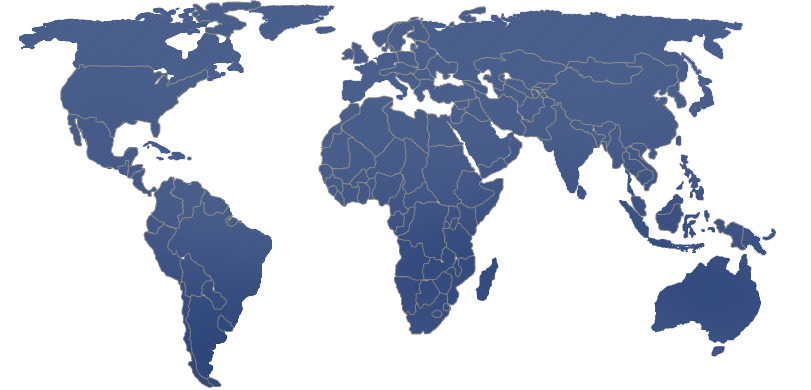As the deadlines for college applications approach, it may be tempting to apply to every school possible. On the other hand, you may only have one or two schools you’d like to attend. However, these two extremes—making an overly long list of potential colleges or crafting a very short one—can be dangerous. If you don’t apply to enough colleges, your chances of receiving at least one admission letter will be much lower. On the other hand, if you apply to too many, you won’t have time to make each application compelling and unique.
In this article, we discuss how to craft a balanced, realistic list of about 10 to 12 potential colleges. Be sure to keep these Ivy League admission strategies in mind as you decide which schools you’ll apply to.
Review Your Preliminary List
Perhaps the most important factor to keep in mind is academics. If you have decided to pursue a certain major, but one of the colleges on your list doesn’t offer it, you should remove that school from your list. It’s also important to consider your motives for including each school on your list. If you added an uninteresting college only because someone else—perhaps a well-meaning teacher or friend—wanted you to do so, you should remove that school.
As you refine your list, aim to narrow it down to about 10 or 12 schools, but never go below six—doing so would be risky.
As you consider each option, ask yourself these two questions: Am I genuinely interested in this college? If so, why? If you cannot answer these questions easily, then the school isn’t worth including on your list.
Factor in Selectivity
Your list should include a reasonable balance of safety, target, and reach schools. Safety schools are those that will almost certainly admit you, target schools are more moderate options, and reach schools are the most competitive colleges, which may or may not accept your application. In general, try to keep at least three of each type on your list.
Remember, adding reach schools is not risky as long as you have enough safe options on your list. We suggest applying to at least one reach school.
Factor in Cost
At this stage of the process, you and your parents need to assess which colleges are within an acceptable financial range. Do research on the financial aid options offered by each school. The key is to have several backup options in case the financial aid packages from more expensive schools aren’t ample enough to make tuition reasonable.
Narrow Down the List to 10 to 12 Schools
After refining your list based on careful research, selectivity, and cost, you should ideally be left with 10 to 12 schools. The most important thing is not the number of schools on your list; rather, you should have a balanced, realistic, and reasonable list that will result in at least one acceptance letter in the spring. If you include too many schools on the list, you won’t be able to give each application the attention it deserves.
If you want your college applications to stand out, your list of potential schools must be strong. The more time you spend fine-tuning your list and doing research on each school, the better your applications will be. This step may be challenging and time-consuming, but it is undoubtedly one of the most important parts of the Ivy League admission process—after all, your choice of a college can be critical in determining your career path.






